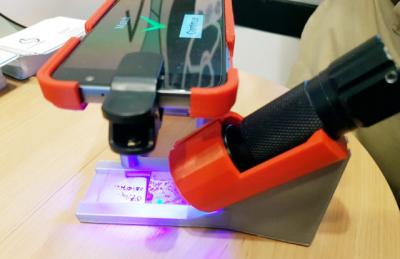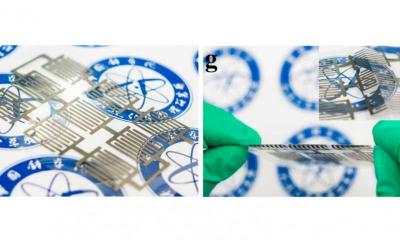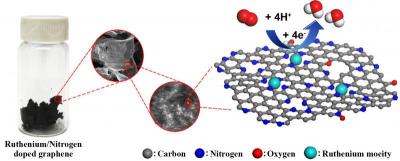Graphene-based tags will assist in the war against counterfeiting
Researchers at Lancaster University’s tech start-up Quantum Base are working on a graphene-based identity tag that can be scanned using a smartphone, to provide a possible solution to the fake goods problem that is causing worldwide financial damage on a grand scale.

The researchers, who are showcasing their work at the Royal Society’s Summer Science Exhibition, have designed a tag that can be verified by the end user using a smartphone. While other authenticity identifiers exist, like holograms, security inks and chemical or physical markers, this new system relies on graphene to make it unique. The team explains that the 2D nature of graphene means that even the tiniest imperfections, caused by the smallest of changes in the structure of an atom, can be identified. It also makes replicating the tag hard for fraudsters, if not impossible.


